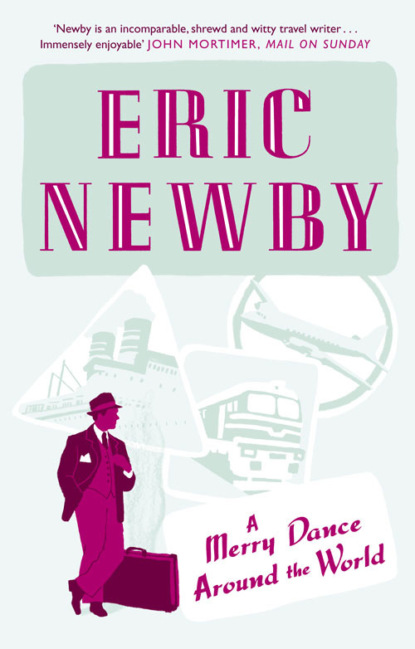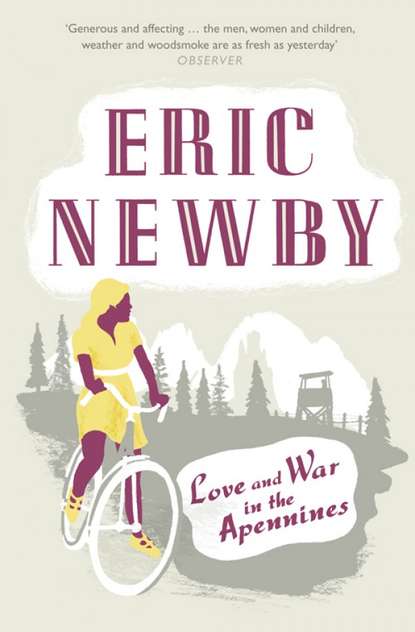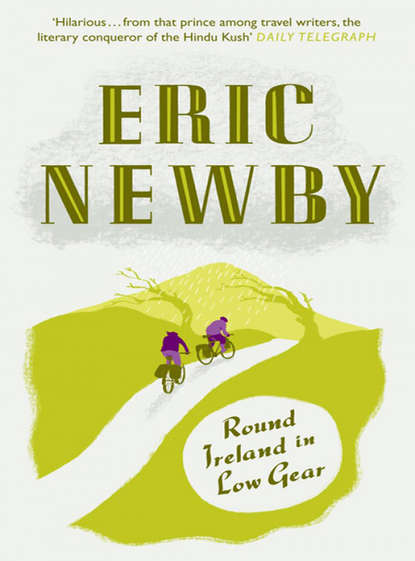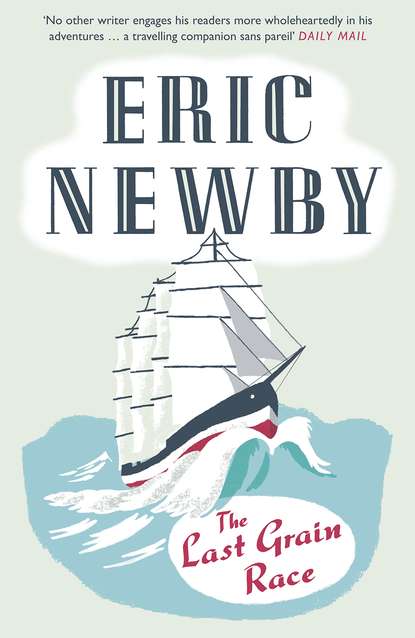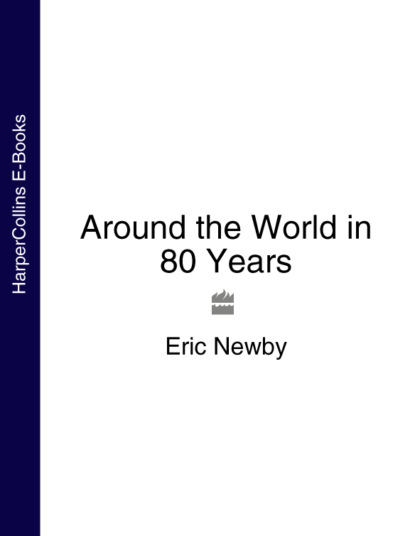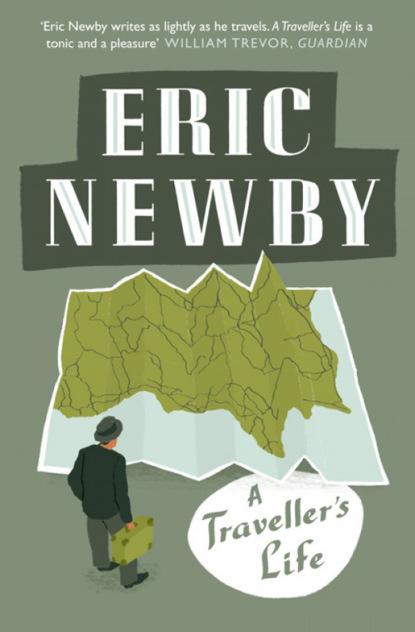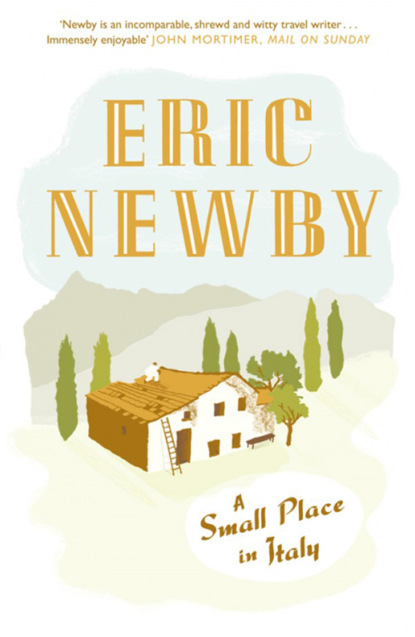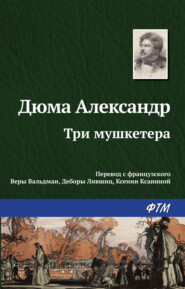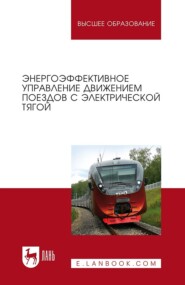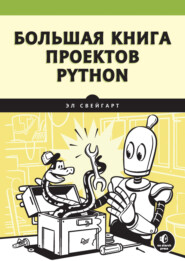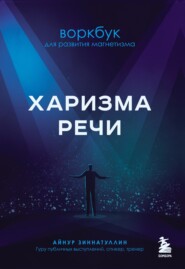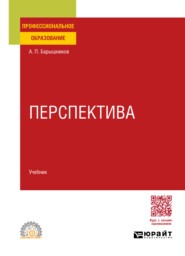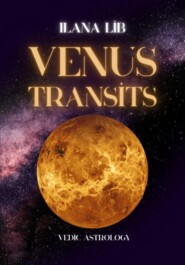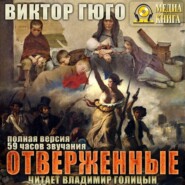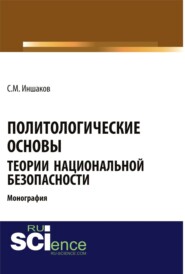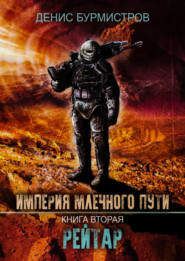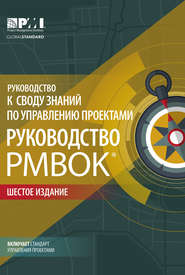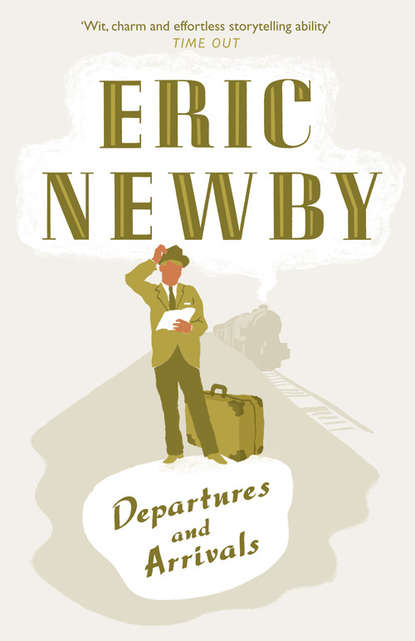 Текст
Текст Полная версия
- О книге
- Читать
The house was crammed from top to bottom with all the loot and junk accumulated in more than twenty years of travel: primitive paintings, among them some from Haiti, Ethiopia, Bali, the shores of the Mediterranean and the Côte d’lvoire. One of them, a spirited impression of the Turkish city of Bursa, in the manner of Osbert Lancaster, was painted in 1902 on a piece of linoleum. There was also a fine Aboriginal painting on bark, from Van Diemen’s Land, of an emu.
And there were kilims, flat weave rugs made by the Yürük nomads during their wanderings on and off the high Anatolian plateau, with which they used to cover the floors of their tents.
And there was the entire Ordnance Survey of Great Britain at one inch to the mile, all 189 sheets of it mounted on canvas. And about 2,000 books, including dozens of Murray and Baedeker guides; and the entire Observer Colour Magazine from its inception in 1963; and all the manuscripts of my books that I should have thrown away but hadn’t; and a complete set of the 1879 edition of the Encyclopaedia Britannica, in a demountable bookcase (useful if one needed to consult it in the wilderness while on yak’s back, all thirty-five volumes of it).
And there were bellows cameras with shutters that made a noise like the Traitor’s Gate being slammed shut when they were fired off; and there were models of the sort of ships and boats I had sailed or rowed in – a curragh from the Arran Islands, oolaks and panswais from the Ganges, a four-masted Cape Horn sailing ship, a caïque from Ruad, the Syrian island in the Eastern Mediterranean on which they are still built to this day.
There was a large, empty tin of what had contained a kilo of Malossol caviar – the two halves of the tin held together by what looked like the inner tube of a car tyre – which I had brought from Leningrad to Moscow on New Year’s Day 1965, and from Moscow to the Hook of Holland stuck on the front of a succession of steam engines in order to stop it going off in what were tropically heated carriages.
And there was a black felt suit with matching double-breasted waistcoat, so thick that it could stand up without anyone in it. It had been made for me by a Bulgarian tailor who had his premises in one of the sinister, labyrinthine lanes between what was then the Old Fishmarket by the Galata Bridge in Istanbul – a suit I never wore.
And there were cricket bats steeped in linseed oil which I hadn’t used for so many years that I had forgotten how to play the game; and a pair of sculls belonging to my father that I couldn’t bring myself to get rid of; and a couple of pairs of cross-country running shoes fitted with spikes which I didn’t think I was going to need while writing a history of discovery, and a pair of cycling shoes. And there were jellabs brought back from North Africa, long garments made from thick, creamy wool; and lots of straw hats in various stages of collapse – one of them of a sort that Galician women wore on their heads, which were sufficiently robust to support a basket with some 60lb of fish in it; and there were a couple of navy blue cotton suits of the sort that were currently being worn by something like a billion Chinese; and there was a dustbin full of sandals – mostly, for some inscrutable reason, left-footed – which we planned to leave at the Wimbledon rubbish tip.
And there were Chinese hats with ear-flaps; and a brand-new Romanian railway guard’s navy blue wool coat with an imitation fur collar and entirely lined with sheepskin, bought brand-new from a state pawnshop in Bucharest for around £12; and there were mowing machines and a garden roller and Primus stoves and Bergan rucksacks and bicycles and what were known as Itisa tents made from the finest imaginable cotton back in 1935 and still usable in 1996,* and real eiderdown sleeping bags which cost a small fortune; and walking sticks, one of which concealed within it a sword and another a cosh, which my father commissioned from Brigg, the umbrella and stick maker in Piccadilly, when he had to travel in ‘foreign parts’. And there were fifteen years of back numbers of Vogue and Harper’s, aides-mémoire to my life and times in the rag trade. And there was an enormous hammock made by ladies working in the gaol in Merida in Yucatan which could swallow up a family of five with ease. And thousands of prints without negatives and negatives without prints, and transparencies, some of which were already beginning to fade.
These were just a few of the things, objets retrouvés, which had swum before our eyes while the very old-fashioned-looking removal men – all of them wearing green baize aprons and themselves smelling of a mixture of, could it be linseed and old furniture? – removed and wrapped them up in old yellowing newspapers (that I would not have been surprised to learn had the date 4 August 1914 on them) before stowing them away in one of a large number of plywood tea chests with Army and Navy Stores stencilled on them in black.
The removal men had almost completed this packing-up process and had already begun to load into the van some of the chests from the upper parts of the house, comporting themselves with a stately slowness, when the director of the film in which we were to take part arrived on the scene and asked us to tell the removal men to bring all the containers back into the house as he wanted to film the process of the Newbys packing up and leaving for pastures new.
Mischa Scorer, who was responsible for this decision, was young, brilliant, charming and, as he now proved himself to be, utterly ruthless. What eventually resulted was a rather funny piece of cinéma vérité, based on there being nothing more likely to drive anyone to suicide than unpacking a whole lot of old tea chests, filled to the brim with things you will probably never need again, and then repacking them.
It was Mischa who told me that I would need my spiked cross-country shoes for a sequence in which I was to run across Wimbledon Common and Richmond Park, something I used to do quite often, mostly in winter just before dusk when they were wild and lonely places. I did this to let off steam and to think about what I was going to write next and how I was going to approach the subject. This was years before jogging became a worldwide pastime.
He also told me I would need my cycling shoes for the cycling scenes and they eventually turned up at the bottom of another box. I take size 12s in shoes and my bike had narrow, racing pedals, so there was no question of just walking into a shop and finding a pair – mine had to be made-to-measure. Both items were at the bottom of their respective tea chests.
After carousing in the mud on Wimbledon Common and less muddily in Richmond Park – both running events – the whole show was moved to Marble Arch. Here, if the venue seemed to Mischa to be sufficiently hazardous, I was to be filmed riding round and round it on my twelve-speed touring bicycle which had dropped handlebars. This, too, was long before mountain bikes with triple chainwheels and eighteen or twenty-one gears appeared on the scene.
After seemingly endless circumnavigations, eventually the filming took place with me wired for sound and the crew filming me from the back of a van as I pedalled towards them at about 15mph, at the same time gibbering into the microphone in an attempt to express my feelings about riding round the Marble Arch. The effect of a solitary cyclist talking away to himself, in fact shouting away to himself – the only way I could make myself heard above the roar of the traffic as I crossed and recrossed its bows – must have given other road users the impression that they were in the presence of a lunatic, which in effect I was. It was only when I saw some film of me and my bike taken through a lens which caused everything behind me in the way of traffic to loom precipitously overhead that I realized how dangerous it was.
Follies, Holy Wells, Great Cliffs and Storms were other subjects I had told Mischa I would be interested in elaborating on in One Pair of Eyes. All these were to be found in abundance on the West Coast of Ireland anywhere between Malin and Mizen Head. But storms, even in winter, were difficult to predict. At one moment we found ourselves standing by to fly to South Africa where a big storm was threatening to take place; but then a whole series of them, mostly force 9 and 10, began to blow up on the Loop Head Peninsula at the mouth of the Shannon in County Clare, which were stormy enough for anything a sane person would want to be involved in.
It was at this time, with a force 10 gale raging and very much against my inclination, that Mischa told me to traverse a large, inclined ledge of rock that was being swept by big seas and it was here, while I was standing on the edge, wondering whether to go through with it, that one of the waves picked me up and threw me down with such violence that a doctor had to be summoned to give me a shot of morphia. Meanwhile, Mischa carried on filming without giving me the opportunity to change out of my wet clothes. Working with Mischa could be a health hazard. I should have sued him.
When the excitement of being asked to write a history of exploration had to some extent abated and I was actually confronted with the necessity of getting on with it, I felt like Hillary and Tenzing must have felt at the foot of that Everest. What I soon realized was that I knew far less about the subject than my new employers thought I knew. They had already assembled a team of researchers of mature student age whose job it was, ostensibly, to help me in the search for material; but some of these had already been commandeered to do research on the pictorial content of the book, for which it grew ever more apparent the actual text had a more or less supporting role.
At first I decided to make a list of all the well and not so well known explorers, beginning with the Ancient World, and I eventually ended up with a lot of notebooks crammed with unhelpful entries, such as: ‘Egypt – Old Kingdom – Papyrus in the reign of Sneferu (4th dynasty c. 2613–3494). Records imaginary voyage and shipwreck – Cary and Warmington, The Ancient Explorers, p. 233 and 239. See note on Celinischef, Sur un ancien conte Egyptien, 1881, p. 4–8, and in Maspero.’ And so on until I felt my reason going.
In fact, mercifully for me, it soon turned out that there was not going to be enough time to do it in this way, or even decide what was to go in and what was to be thrown out. By now we had taken temporary refuge in the ground floor flat of some great friends of ours in Spencer Park, Wandsworth, and no sooner had we moved in than great piles of books and aides-mémoire began to arrive on the premises. They were either brought by special messengers on motor cycles or in taxis from the publishers’ premises off the Charing Cross Road. Then, having found the books I needed, many of which had come from the London Library (and a lot from the Wandsworth Public Library, which had enormous numbers of travel books in its vaults), and having, for example, identified those which dealt with the Portuguese voyages to Africa and the East in the fifteenth and sixteenth centuries, I opened them at page one and began to go through them and sometimes even began to write about them, without, usually, having the slightest idea what would eventually happen. Suddenly, the whole world began to spread out before me. It was all rather exciting.
Having done this, I used to send my typescript back to the publishers where the editors would mangle and rewrite it in their own, inimitable fashion. But I could scarcely complain. They had no choice. All my contributions were over-written by many thousand words. I had, and still have, the conviction that I must let the reader know if I discover anything interesting, and unfortunately so many things are interesting. At least they are to me.
Apart from a month in Italy, where I took on the Arctic and Antarctica in a temperature of 90°F, my daily programme was unchanging. I used to get up at dawn and run 2½ miles round Spencer Park, a beautiful, Arcadian place surrounded by noble trees, before returning for a good breakfast, produced by Wanda, who had been making the bed – unless she made the bed we couldn’t get into the room. Lunch was a sandwich. I then worked all through the afternoon until dusk, then ran another 2½ miles.
Meanwhile every day Wanda set off, pedalling a bicycle, for the house we had bought in Kennington, which she was refurbishing. Before dinner I had a large whisky and with dinner shared a bottle of wine with Wanda. Then we both went to bed, whacked. We didn’t have a television.
This kind of existence went on for five months, by which time I began to feel like the Beast of Glamis, or the Man in the Iron Mask. Now, more than twenty-five years later, I am awed by my industry and enthusiasm for what was a rather difficult task.
* The World Atlas of Exploration, Mitchell Beazley, 1975.
* Made by Camtors (Camp and Sports Co-operators).
Follies and Grottoes
In 1974 we bought Pear Tree Court, a house on the banks of the Harbourne River at Harbertonford between Totnes and Kingsbridge, in South Devon. It was a pretty, Gothic house, its principal disadvantage being that it was so far from London (about 200 miles) that we practically had to bribe our friends to come for the weekend. It also had a rather forbidding wall surrounding it which gave the impression that it was just about to fall on us, quaking away below, but it never did.
Having acquired a Gothic house, our thoughts turned to a Gothic grotto. The nearest grotto to Pear Tree Court – whether it was Gothic or not was conjectural – was in what had been the park of Oldstones, a burnt-out Palladian house near Blackawton, the property of the Cholwich family, in which there were said to be two grottoes.
The approach was by a path which led from the house through an avenue of trees to what was on this particular day a distinctly gloomy valley with three small, artificial lakes in it – nearby there was a grotto in poor condition.
Beyond the valley there was a wood, and at its far end, in a cold and extremely exposed position, a granite plaque was set in a stone wall and inscribed with the following:
Within a Wood unknown to Public View
From Youth to Age a Reverend Hermit grew
The Moss his Bed, the Cave His Humble Cell,
His Food the Fruits, his drink the Crystal Well.
Remote from Man with God he passed His Days,
Pray’r all his Business, all his Pleasure Praise.
And in the wood, at the end of a cutting, there was, it was said, the cave in which a resident hermit, the most rare of beings in such an inhospitable climate as that of Britain, spent many years holed up in order to gratify his patron, and without catching his death of cold.
We never found this second grotto. I told Wanda that the grotto by the lake was not the sort of grotto I wanted, anyway. What I wanted was a more dotty grotto. It was almost the shortest, certainly the coldest day of the year and Wanda was sufficiently depressed to the point of not wanting a grotto at all.
‘Let’s go home,’ she said. We did so and I promptly went down with what was called flu, but was really nothing more than over-exposure to the elements. A short time later, when I came downstairs to begin a convalescent Christmas, it was Wanda who advanced the idea of building a dotty grotto, as if it had been her idea in the first place.
Eventually, we decided to build a grotto that would also act as a garden shed – planning permission not being necessary at that time for garden sheds less than 12ft high, providing they had ridge roofs, 10ft with any other sort of roof. As a further insurance against the dead hand of the planner, which is inevitably set against follies, except those of their own creation, we were fortunate in being able to site it behind part of the high stone wall which would conceal it from the public eye. It would also enable us to have access to water, without which no grotto is complete, as the River Harbourne flowed conveniently close on the other side of this wall.
The first serious discussion about it took place in the kitchen of the house the following autumn.
2 November.
Beautiful limpid, cloudless morning after a slight night frost. About 10.30 Mr Perring, Wanda and I sat down in the kitchen and went through the Folly Book (Follies and Grottoes by Barbara Jones, Constable, £10, an essential work for anyone foolish enough to go into the folly/grotto business).
We are looking for a grotto I thought I saw in Barbara Jones’s book. It was Gothic, small and built of rough, uncut stones with finials sprouting from the pediment. I must have seen it in Country Life, of which I appear to have 5,000 copies in the barn. The one we eventually sketch out for ourselves on the back of an envelope is based on a dramatically scaled down version of part of the entrance to the Hell Fire Caves at West Wycombe in Buckinghamshire, which in its original form would necessitate the introduction of slave labour in order to get it on the go.
Mr Perring of course immediately understands the sort of thing we have in mind. He is attracted by the great gaping entrances to the Hell Fire Caves with blackness behind, like the way into the lair of the Minotaur; but since our entire folly will only be about 6ft wide, such an entrance would leave no space for niches in the frontage, besides being rather draughty.
Eventually we agreed. Niches inside and out, slate ceiling. All to be filled with shell motifs; a marble head – Neptune, lion, satyr or whatever spouting water into a basin lined with variegated pebbles, from which it runs back into the river. Floored with egg-shaped stones from the beach at Branscombe, between Beer and Seaton. Chesil Bank, a 16-mile long beach of shingle with a clay foundation, between Bridport and the Isle of Portland, is too far away. God knows where we shall find the shells – we shall probably need thousands. Outside, ridge slate roof, masked by pediment with four rough finials to simulate living rock. The whole thing to be 7ft high, 6ft wide with a 3ft door and 7ft deep.
Mr Perring is a retired stonemason. He can do anything with stone except bend it and he knows how to make those huge stone balls that balance on pillars at the gates of the grander sorts of houses and occasionally fall on delivery vans. He is still a demon for work and not unnaturally thinks the country has gone to the dogs; if one accepts his standards of activity it is difficult not to agree with him. His immediate reaction is to mend a thing rather than ‘replace the unit’. Consequently he never throws anything away as ‘it might come in useful’.
He is also a vegetable gardener of near, if not actual, genius and he has won more cups for his vegetables than anyone else in these parts – there is a Perring Cup to be competed for by the less inspired.
Above all he is a man of natural taste, especially in anything to do with building – the country towns and villages in this part of the world are the results of the labours of generations of such men, now mostly dead and gone.
Mr Perring was chafing to begin and I was dispatched forthwith (from now on my role was no more than that of a drudge) to buy materials – just to be getting on with, and it didn’t go far – 5cwt sand, 2 sackfuls shingle, 2 sacks cement and a packet of chalk to mark the outline of the building on the back wall. We already had some dark limestone left over from rebuilding the porch, which would see us through for a bit.
By the end of the second day he/we had the foundations in, reinforced with bed-bars that Mr Perring found in a hedge. ‘I told you,’ he said. ‘Never throw anything away. You never know when it might come in handy.’ And then, looking at a sky full of leaden clouds, he added: ‘If it rains we’ll be stugged.’
It didn’t and we weren’t, and the next day he began to lay the first courses of the walls, breaking the stone as he went. When it began to get dark he knocked off. Before he went home to his tea, prepared by Mrs Perring, he advised me, as it was 5 November, to stuff the letter-box with damp newspaper to prevent the village boys – ‘them lot of young toads’ – blowing it up with fireworks, also to bar all entrances, which gave us a feeling of being besieged. Thwarted, they blew the lids off two half-filled dustbins, with spectacular results.
6 November.
Fine early, gloomy later. Scour countryside with Mr P for stone suitable for grotto building. Those quarries that have it want £11 a ton and another £10 on top of that to get it home. Our last load of similar stone cost £5 a ton. Late in the afternoon find a worked-out quarry at Ashburton, said to be a thousand years old, which is on the point of closing for ever. £5.50 a ton if we sort it ourselves, so we pick out about 4½ tons by hand with the help of the last quarryman – the others have been made redundant. This quarry is the epitome of melancholy: trees on the cliffs above shedding the last of their leaves down the sheer black walls, defunct machinery, rusty coloured pools of water, the last small heap of usable stones – reminiscent, with a dark, tall-spired church looming over us, of the paintings of Caspar David Friedrich. The negation of a Jolly Folly; but what a place to do away with oneself.
7 November.
A lorry arrives in the a.m. and deposits the stone from Ashburton with such a thunderous noise that neighbours rush into the street thinking that someone’s house has collapsed.
At this time I was trying desperately to write a book, but I soon gave up. It was obvious that Mr Perring regarded me as being on permanent call. As soon as I got started writing, I had to wheel more barrow-loads down to him. One Sunday, in order to snatch a whole day of uninterrupted work – he worked on the grotto Saturdays too – I wheeled down about fifty barrow-loads. On Monday I got it in the neck. ‘Don’t you go getting me more than five loads at a time, or I’ll be stugged,’ he said. ‘Any road, a lot of what you brought is a load of old rummage.’
Конец ознакомительного фрагмента.
Текст предоставлен ООО «ЛитРес».
Прочитайте эту книгу целиком, купив полную легальную версию на ЛитРес.
Безопасно оплатить книгу можно банковской картой Visa, MasterCard, Maestro, со счета мобильного телефона, с платежного терминала, в салоне МТС или Связной, через PayPal, WebMoney, Яндекс.Деньги, QIWI Кошелек, бонусными картами или другим удобным Вам способом.



